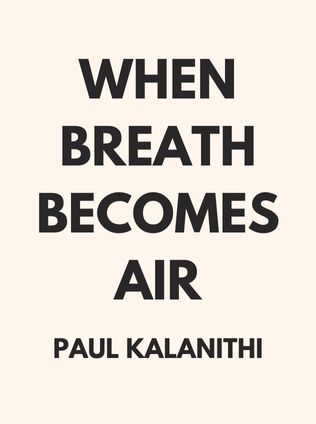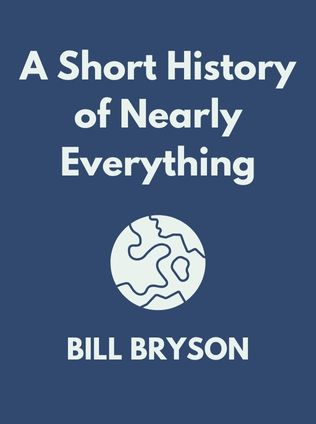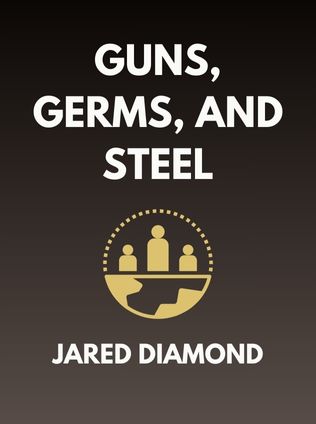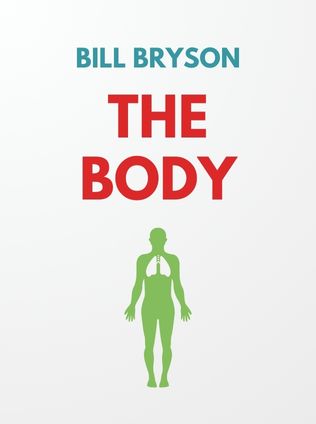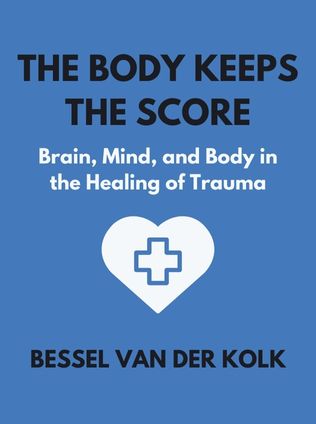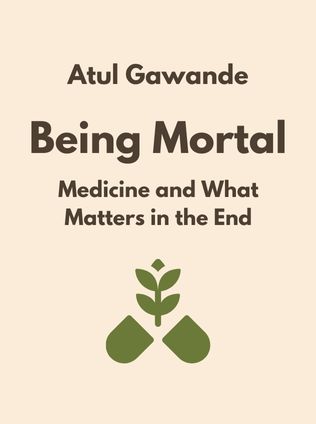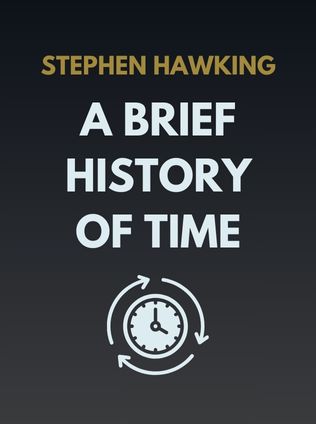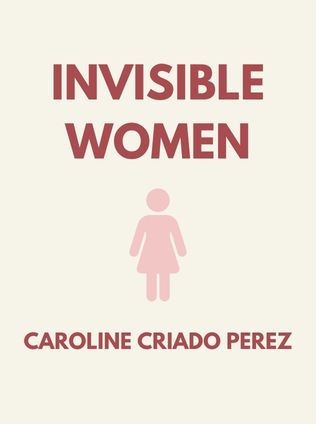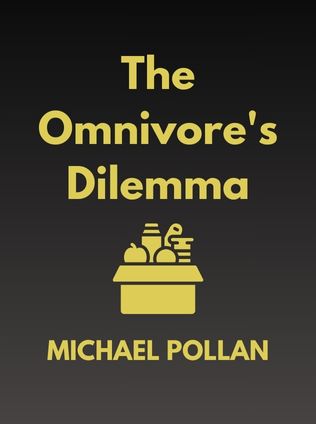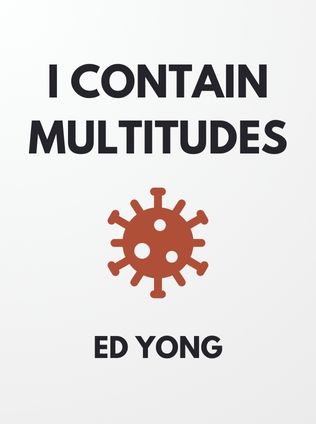
I Contain Multitudes
The Microbes Within Us and a Grander View of Life
By Ed Yong
Published 08/2016
About the Author
Ed Yong is a British-American science journalist and author known for his ability to translate complex scientific concepts into engaging and accessible narratives. He is a staff writer for The Atlantic, where his coverage of the Covid-19 pandemic earned him a Pulitzer Prize. Yong's first book, I Contain Multitudes, delves into the fascinating world of microbes—tiny organisms that play an essential role in life on Earth. Through storytelling and a deep understanding of microbiology, Yong offers readers a new perspective on the unseen and often misunderstood world of microbes. His writing is celebrated for its clarity, wit, and ability to make science approachable and exciting for a general audience.
Yong’s work is characterized by a profound curiosity about the natural world and a commitment to exploring the interconnectedness of all life forms. In I Contain Multitudes, he brings to light the critical role that microbes play not just in the environment, but in the human body itself. Yong argues that our relationship with these microscopic organisms is fundamental to our health, ecosystems, and even our understanding of what it means to be human.
Main Idea
I Contain Multitudes explores the hidden world of microbes and their symbiotic relationships with animals, including humans. Yong argues that microbes are not merely germs or pathogens, but essential partners in life that shape the development of animals, influence ecosystems, and have the potential to revolutionize medicine. The book challenges readers to rethink their perceptions of microbes, seeing them not as invaders but as integral components of life that offer immense possibilities for improving health and understanding the natural world.
Table of Contents
- Defining Microbes and Their Evolutionary Role
- Microbes Shape Animal Development
- Symbiosis: Microbes and Animals
- The Impact of Human Lifestyles on Microbial Ecosystems
- Potential for Microbes in Medicine
Defining Microbes and Their Evolutionary Role
Microbes, often viewed merely as disease-causing germs, are actually diverse and complex organisms that are crucial to life on Earth. Yong begins by defining microbes as tiny organisms, including bacteria, viruses, and fungi, that are too small to see with the naked eye. He explains that these organisms have been around for billions of years, long before plants and animals appeared on Earth. Microbes created the conditions necessary for life, such as breaking down organic matter and producing oxygen through photosynthesis.
Yong argues that microbes are not inherently good or bad; their impact depends on their environment and interactions with other organisms. For example, bacteria in the human gut are essential for digestion and immune function, but if they enter the bloodstream, they can cause serious infections. This dual nature of microbes challenges the simplistic view of them as merely harmful and highlights their integral role in the evolution of life.
Microbes are the invisible architects of life on Earth. As Yong explains, these microscopic organisms have shaped the course of evolution for billions of years. They were the first forms of life to emerge on the planet, and their activities created the conditions that allowed more complex life forms to evolve. For instance, cyanobacteria, a type of photosynthetic microbe, played a critical role in oxygenating the Earth's atmosphere, making it possible for aerobic organisms to thrive.
Yong delves into the history of microbiology, tracing the discovery of microbes back to Antonie van Leeuwenhoek, the Dutch scientist who first observed these tiny organisms under a microscope in the 17th century. Leeuwenhoek's discovery was revolutionary, revealing a previously unknown world teeming with life. Over the centuries, scientists have uncovered the vast diversity of microbial life and its profound impact on all living things.
Yong emphasizes that microbes are not merely passive bystanders in the evolutionary process; they are active participants that have driven the evolution of other species. Through processes like horizontal gene transfer, microbes can exchange genetic material across species boundaries, accelerating evolution and adaptation. This ability to share genes has allowed microbes to develop resistance to antibiotics, posing significant challenges to modern medicine.
Sign up for FREE and get access to 1,400+ books summaries.
You May Also Like
The Body Keeps the Score
Brain, Mind, and Body in the Healing of Trauma
By Bessel van der KolkFactfulness
Ten Reasons We're Wrong About the World – and Why Things Are Better Than You Think
By Hans Rosling


